Entrez 9184 | Ensembl ENSG00000154473 | |
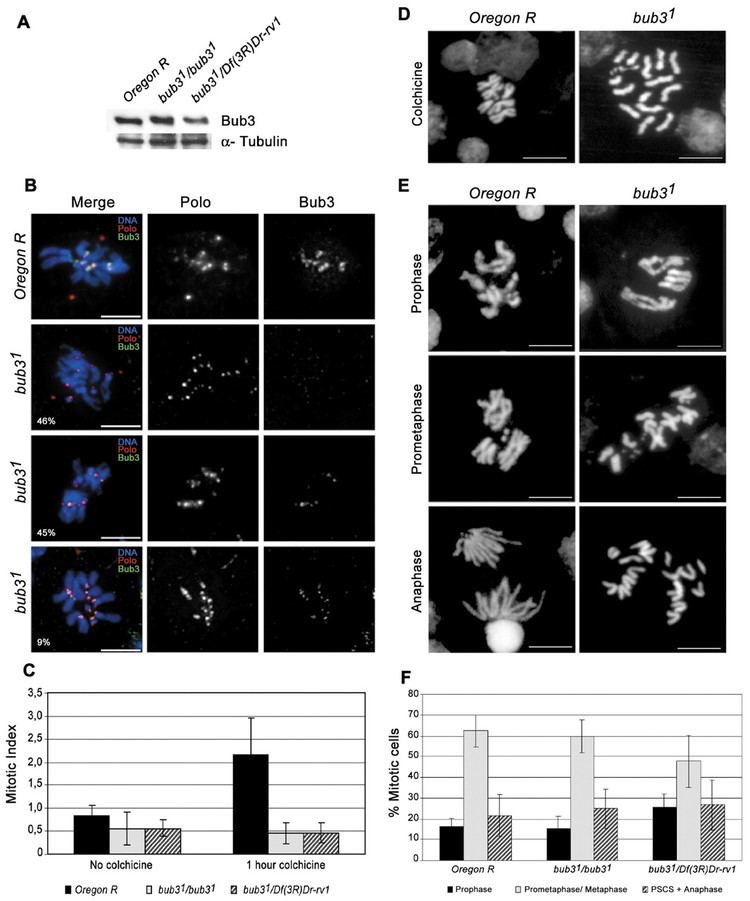 | ||
External IDs MGI: 1343463 HomoloGene: 3470 GeneCards: BUB3 | ||
Mitotic checkpoint protein BUB3 is a protein that in humans is encoded by the BUB3 gene.
Contents
- Function
- Role in the spindle assembly checkpoint
- Structure
- Interactions
- Regulation
- Clinical significance
- References
Bub3 is a protein involved with the regulation of the Spindle Assembly Checkpoint (SAC); though BUB3 is non-essential in yeast, it is essential in higher eukaryotes. As one of the checkpoint proteins, Bub3 delays the irreversible onset of anaphase through direction of kinetochore localization during prometaphase to achieve biorentation. In directing the kinetochore-microtubule interaction, this ensures the proper (and consequenctly, bioriented) attachment of the chromosomes prior to anaphase. Bub3 and its related proteins that form the Spindle Assembly Checkpoint (SAC) inhibit the action of the Anaphase Promoting Complex (APC), preventing early anaphase entry and mitotic exit; this serves as a mechanism for the fidelity of chromosomal segregation.
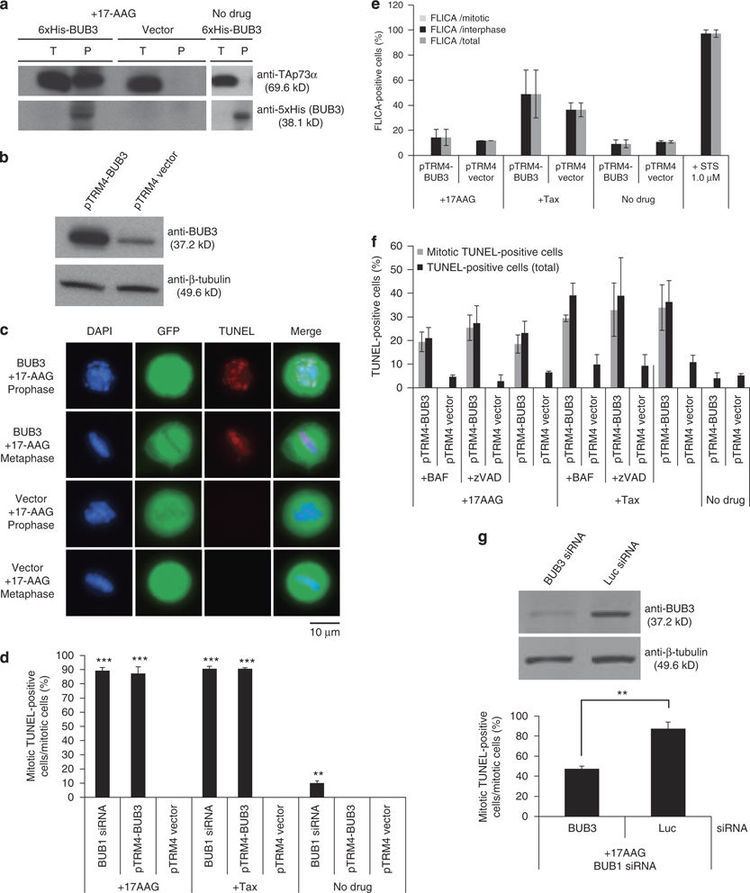
Function
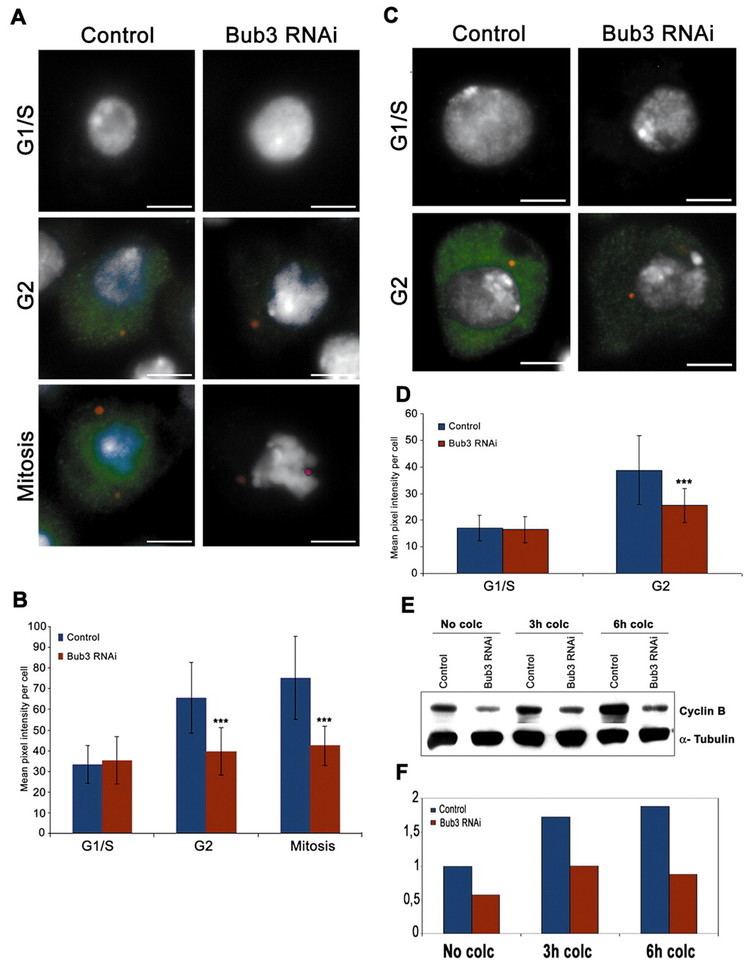
Bub3 is a crucial component in the formation of the mitotic spindle assembly complex, which forms a complex with other important proteins. For correct segregation of the cells it is necessary for all mitotic spindles to attach correctly to the kinetochore of each chromosome. This is controlled by the mitotic spindle checkpoint complex which operates as a feedback-response. If there is a signal of a defect in the attachment, mitosis will be stopped to ensure that all chromosomes have an amphitelic binding to spindles. After the error is corrected, the cell will proceed to anaphase. The complex of proteins which regulate the cell arrest are BUB1, BUB2, BUB3 (this protein), Mad1, Mad2, Mad3 and MPS1.
Role in the spindle assembly checkpoint
At unattached kinetochores, a complex consisting of BubR1, Bub3, and Cdc20 interact with the Mad2-Cdc20 complex to inhibit the APC, thus inhibiting the formation of active APCCdc20. Bub3 binds constitutively to BubR1; in this arrangement, Bub3 acts as a key component of the SAC in the formation of an inhibitory complex. Securin and cyclin B are also stabilized before the anaphase transition by the unattached kinetochores. The stabilization of cyclin and securin prevent the degradation that would lead to the irreversible and fast separation of the sister chromatids.
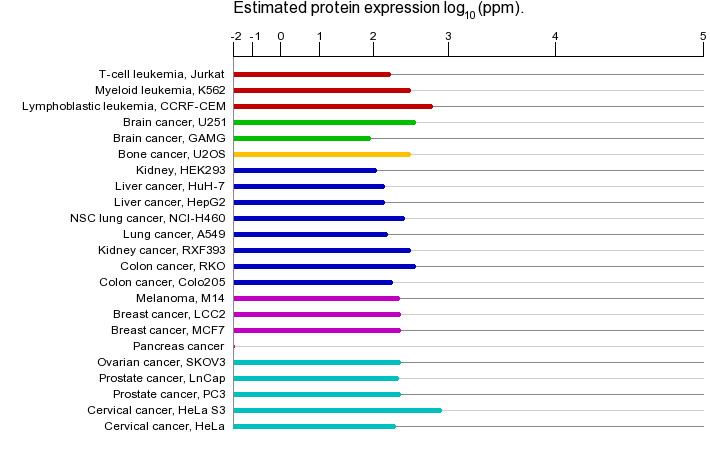
The formation of these “inhibitory complexes” and steps feed into a ‘wait’ signal before activation of separase; at the stage prior to anaphase, securin inhibits the activity of separase and maintains the cohesion complex.
Structure

The crystal structure of Bub3 indicates a protein of the seven-bladed beta-propeller structure with the presence of WD40 repeats, with each blade formed by four anti-parallel beta sheet strands that have been organized around a tapered channel. Mutation data suggest several important surfaces of interaction for the formation of the SAC, particularly the conserved tryptophans (in blades 1 and 3) and the conserved VAVE sequences in blade 5.

Rae1 (an mRNA export factor), another member of the WD40 protein family, shows high sequence conservation with that of Bub3. Both bind to Gle2p-binding-sequence (GLEBS) motifs; while Bub3 specifically binds Mad3 and Bub1, Rae1 has more promiscuous binding as it binds both the nuclear pore complex and Bub1. This indicates a similarity in interaction of Bub3 and Rae1 with Bub1.
Interactions
BUB3 has been shown to interact with BUB1B, HDAC1 and Histone deacetylase 2.

Bub3 has been shown to form complexes with Mad1-Bub1 and with Cdc20 (the interaction of which does not require intact kinetochores). Additionally, it has been shown to bind Mad2 and Mad3.
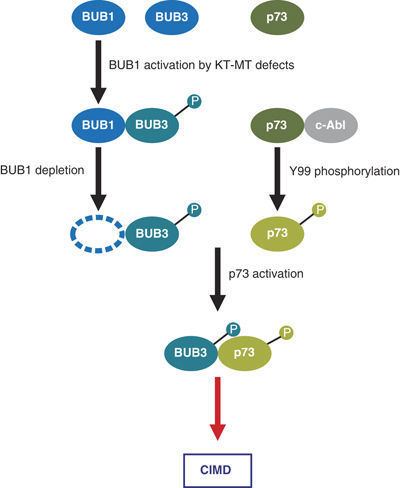
Bub3 directs the localization of Bub1 at the kinetochore in order to activate the SAC. In both Saccharomyces cerevisiae and metazoans, Bub3 has been show to bind BubR1 and Bub1.
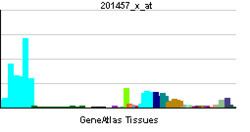
The components that are essential for the spindle assembly checkpoint in yeast have been determined to be Bub1, Bub3, Mad1, Mad2, Mad3, and the increasingly important Mps1 (a protein kinase).
Regulation
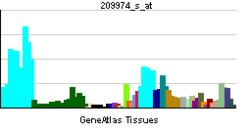
When the SAC is activated, the production of the Bub3-Cdc20 complex is activated. After kinetochore attachment is complete, the spindle checkpoint complexes (including the BubR1-Bub3) experience a decrease in concentration.
Bub3 also acts as a regulator in that it affects binding of Mad3 to Mad2.
Structural and sequence analysis indicated the existence of three conserved regions that are referred to as WD40 repeats. Mutation of one of these motifs has indicated an impaired ability of Bub3 to interact with Mad2, Mad3, and Cdc20. The structural data suggested that Bub3 acts as a platform that mediates the interaction of SAC protein complexes.
Clinical significance
BUB3 forms a complex with BUB1 (BUB1/BUB3 complex) to inhibit the anaphase-promoting complex or cyclosome (APC/C) as soon as the spindle-assembly checkpoint is activated. BUB3 also phosphorylates:
Another function of BUB3 is to promote correct kinetochore-microtubule (K-MT) attachments when the spindle-assembly checkpoint is active. It plays a role in the localization of kinetochore of BUB1.
BUB3 serves in oocyte meiosis as the regulator of chromosome segregation.
Defects in BUB3 in the cell cycle can contribute to the following diseases:
